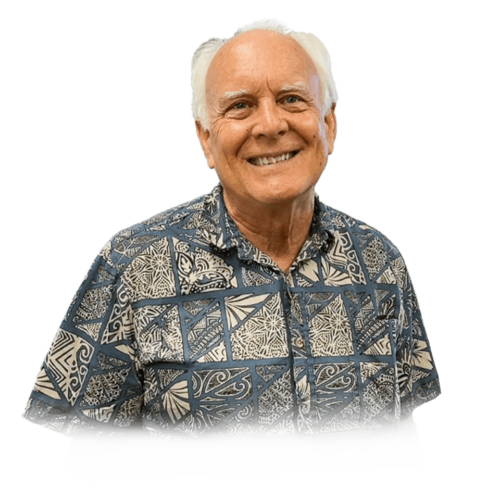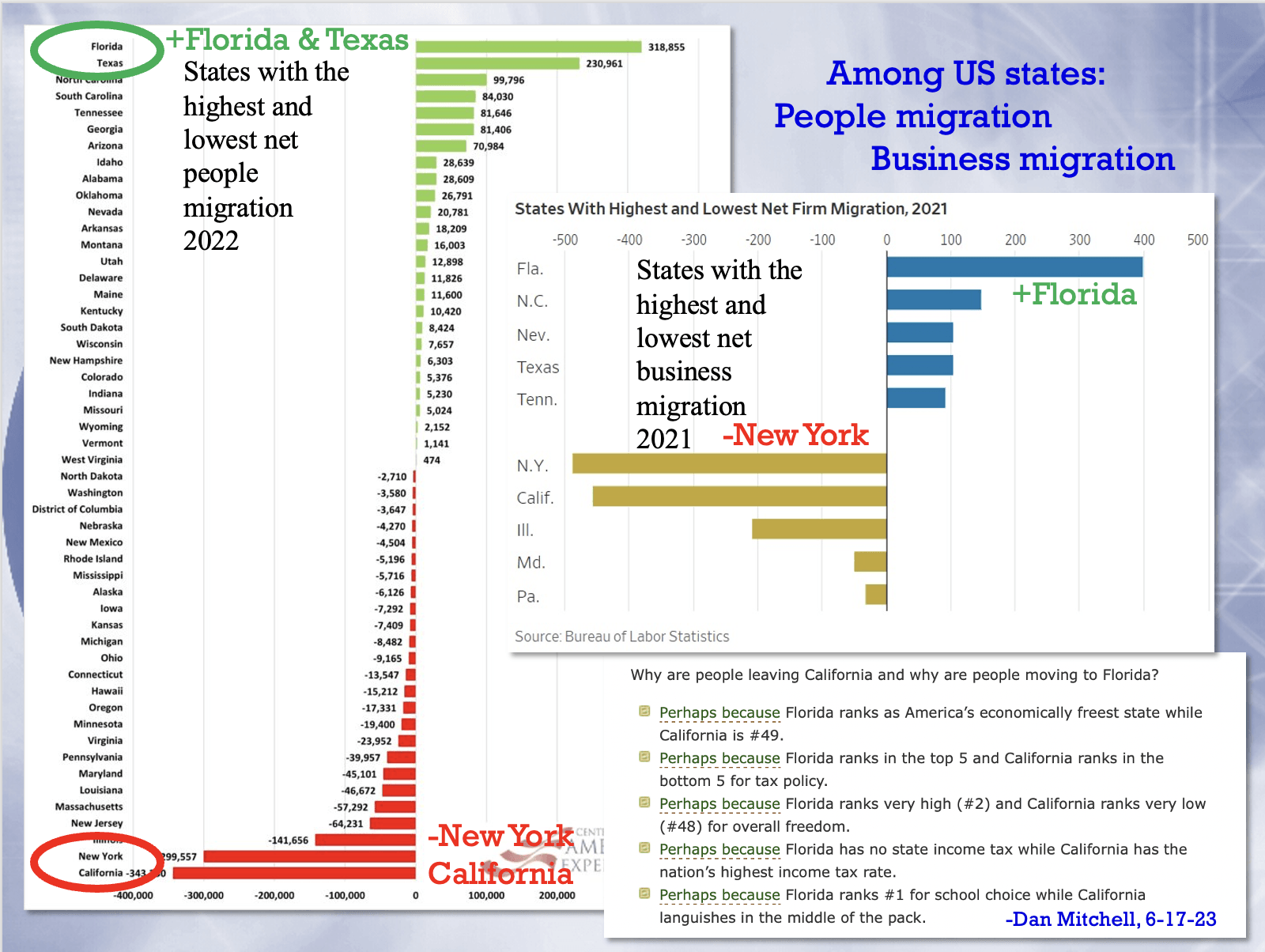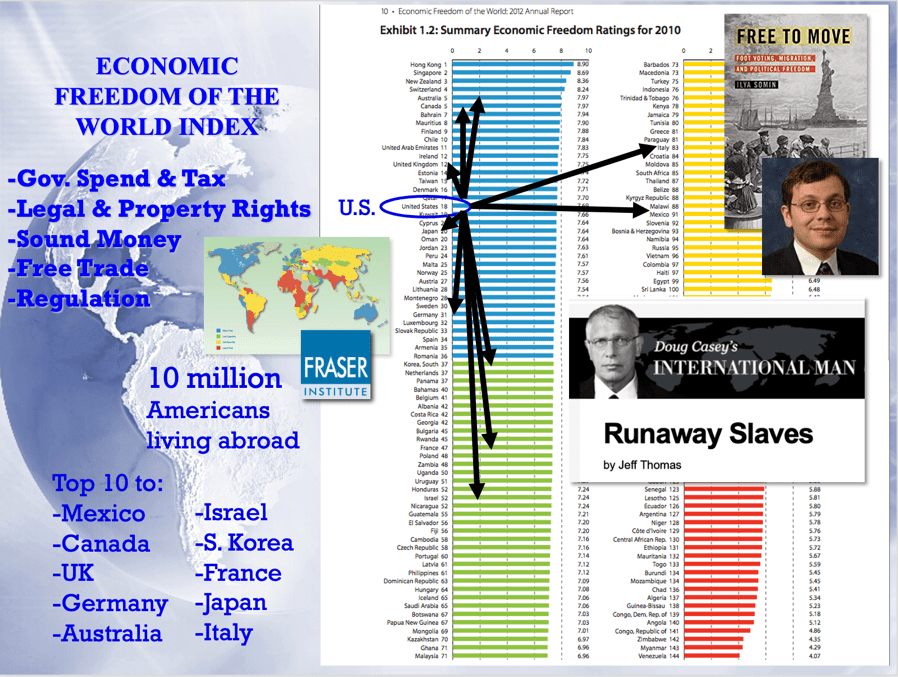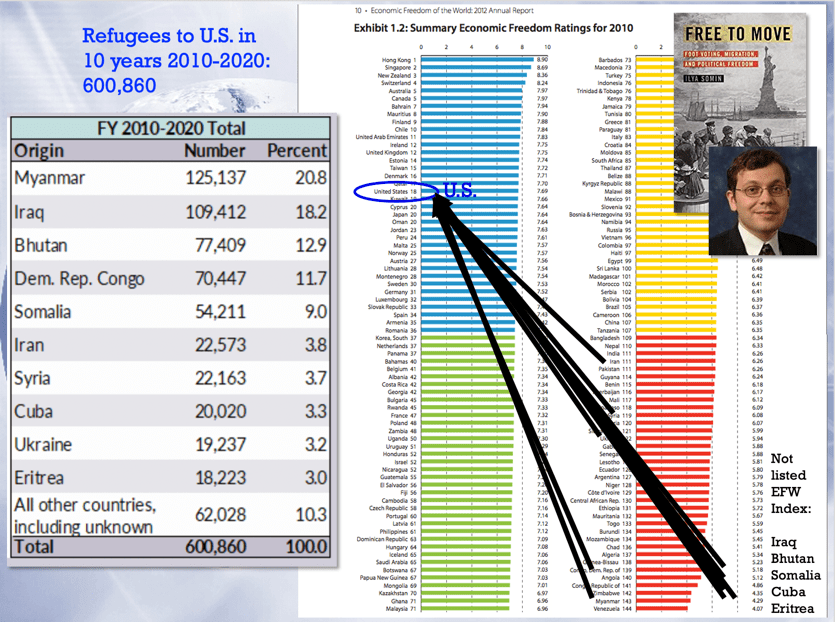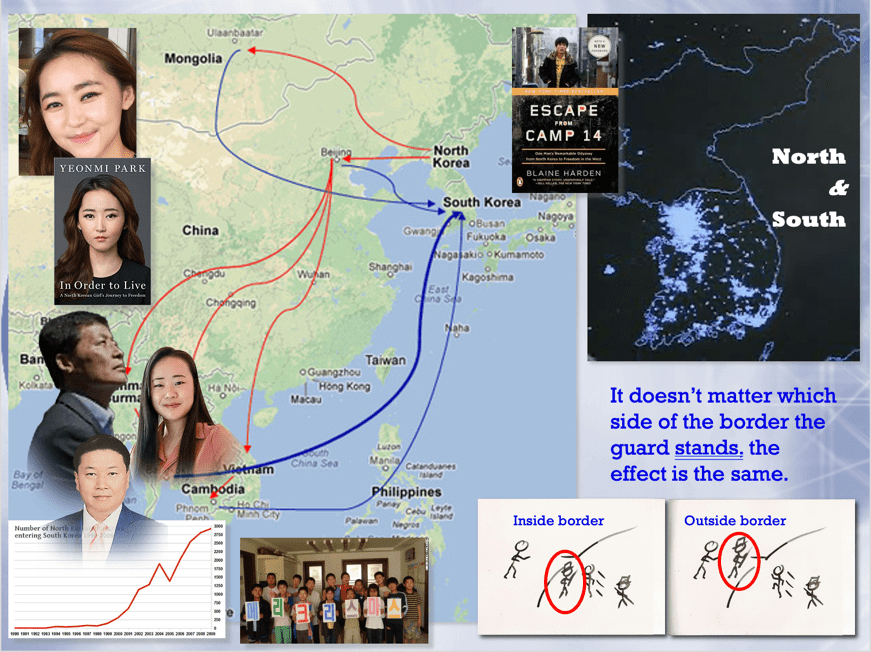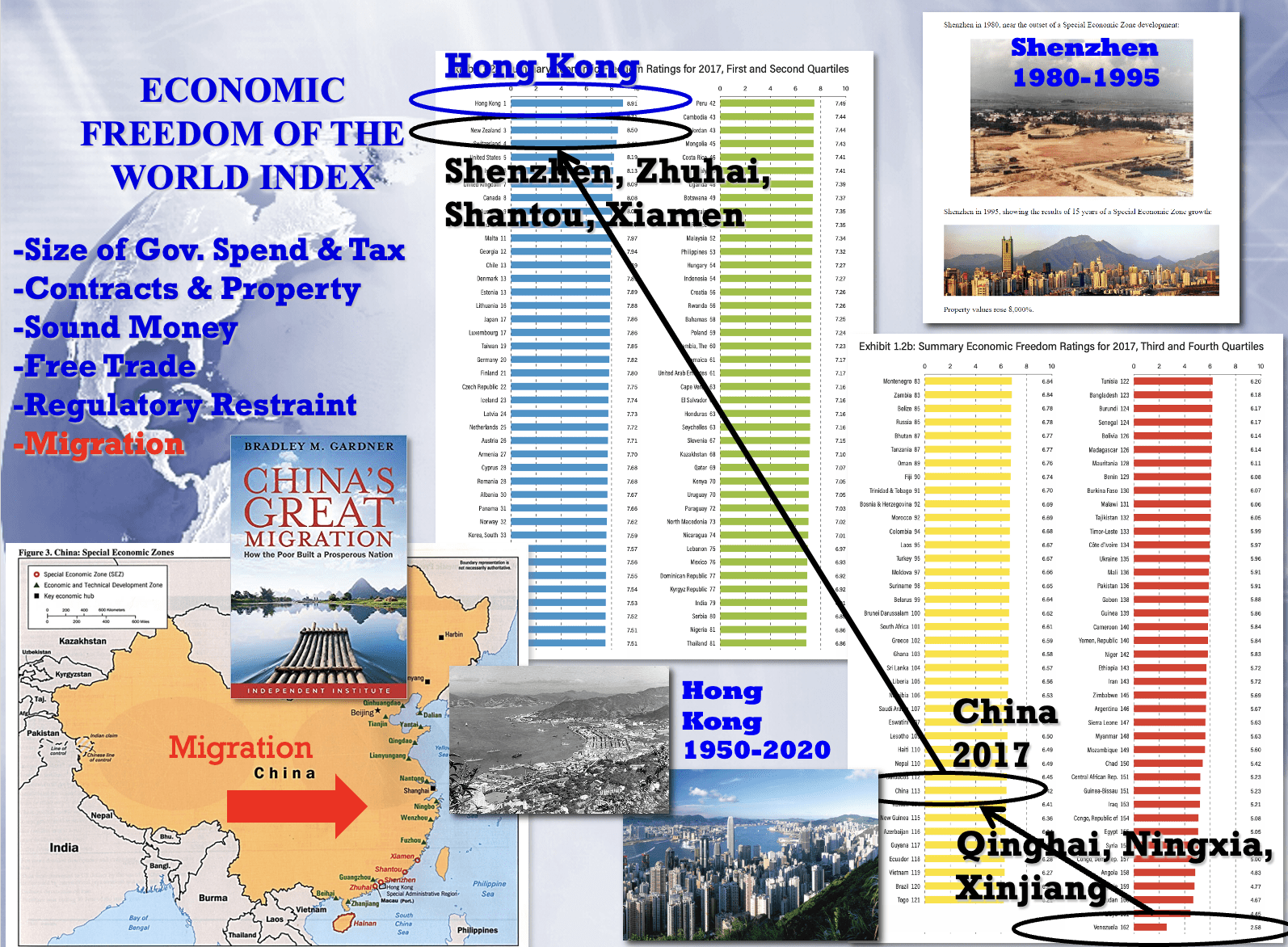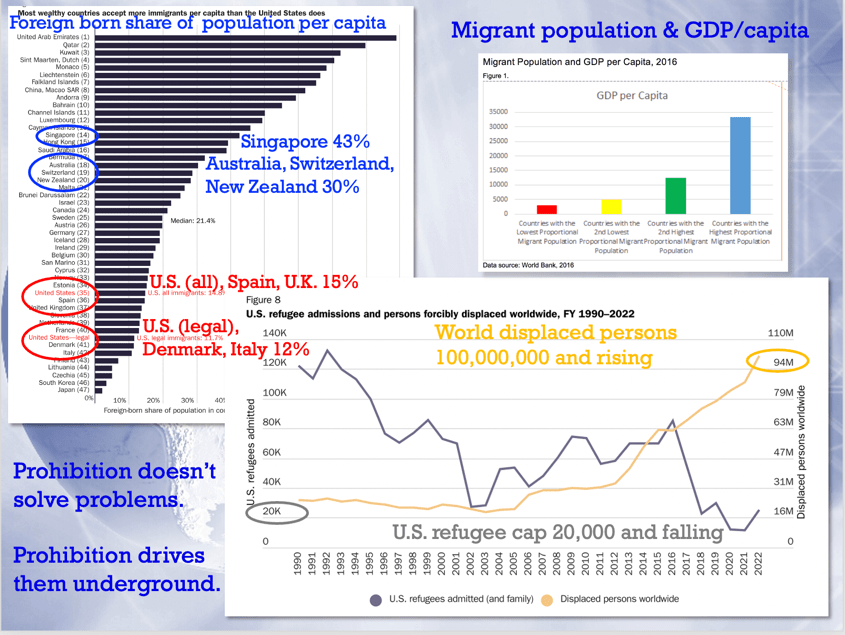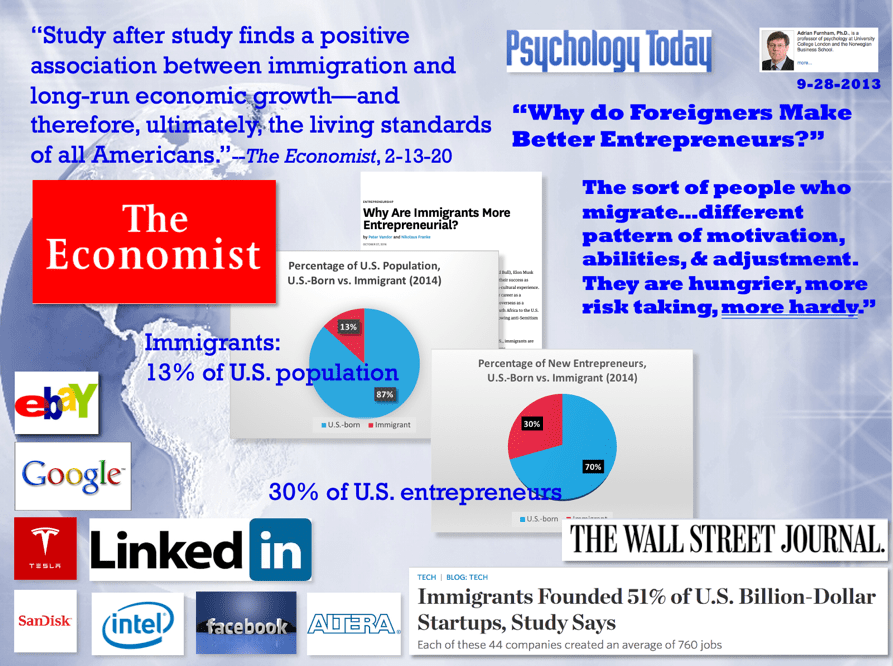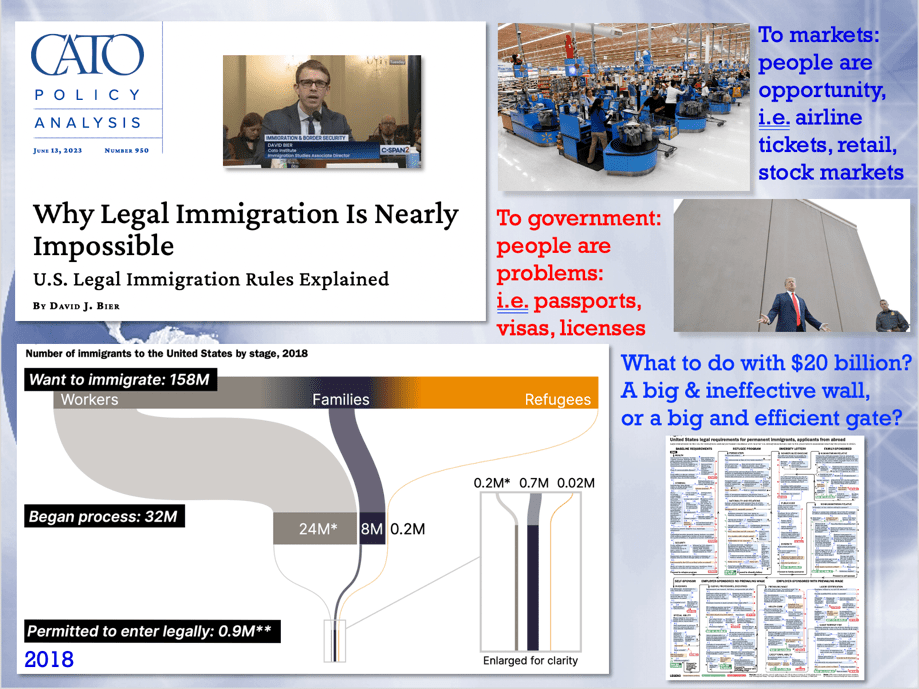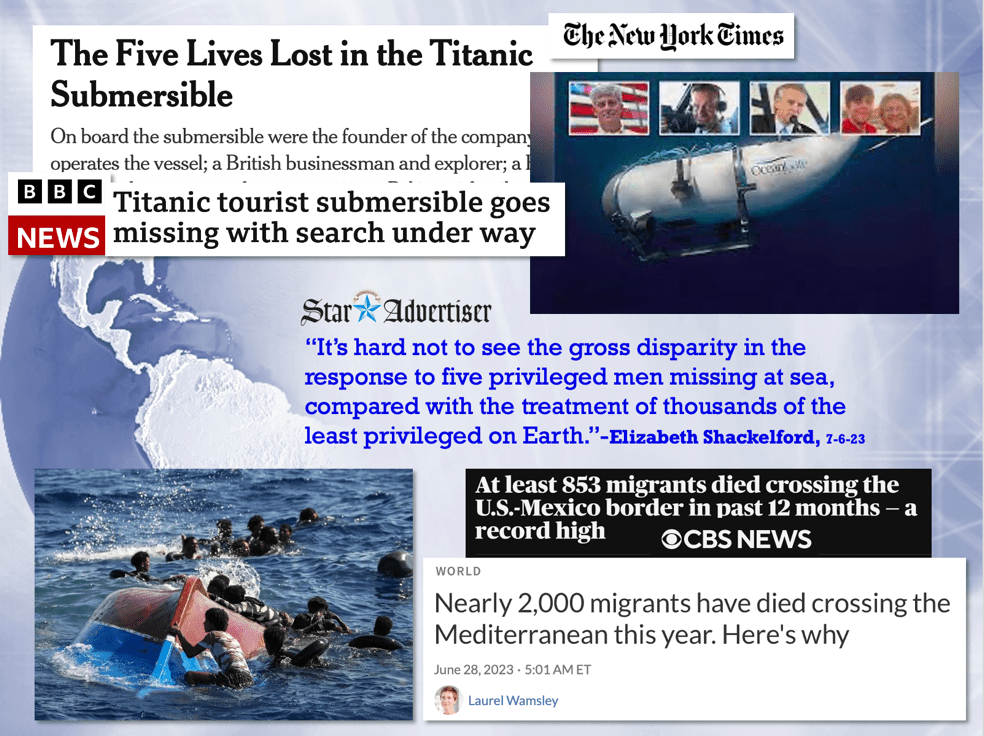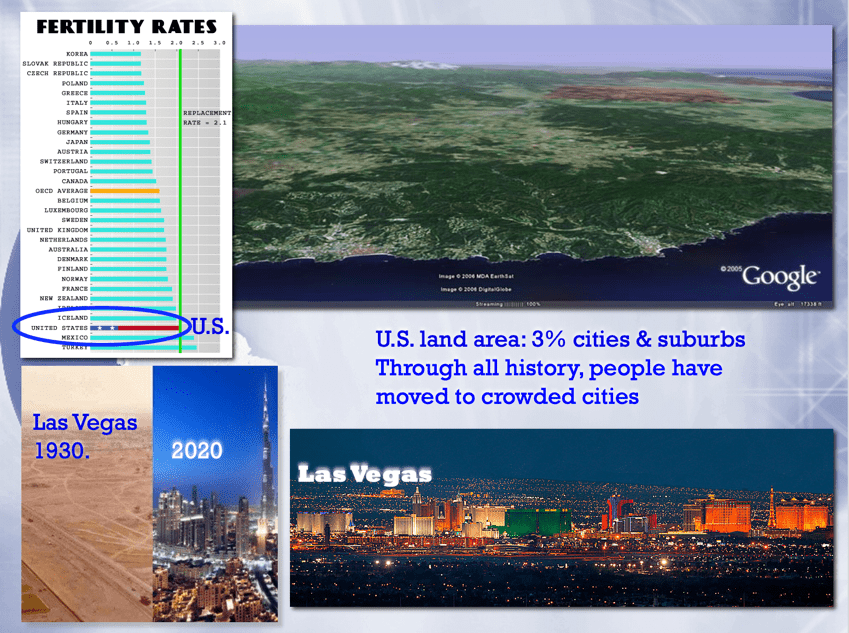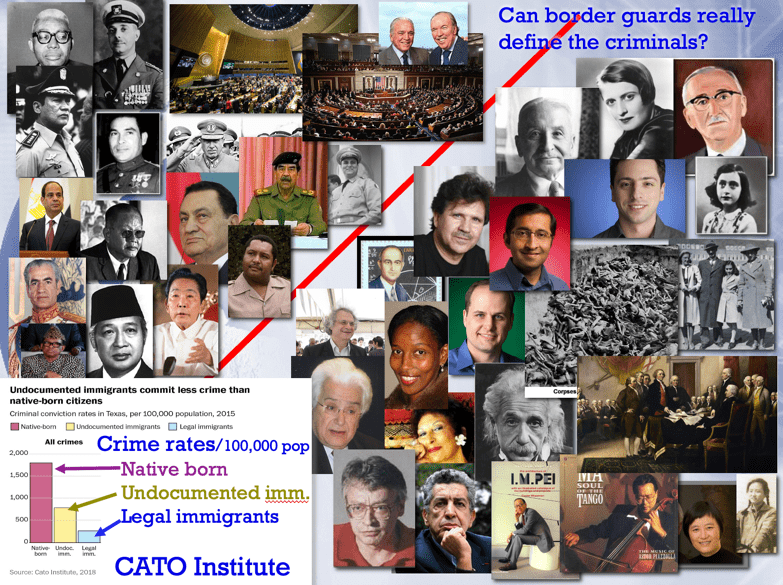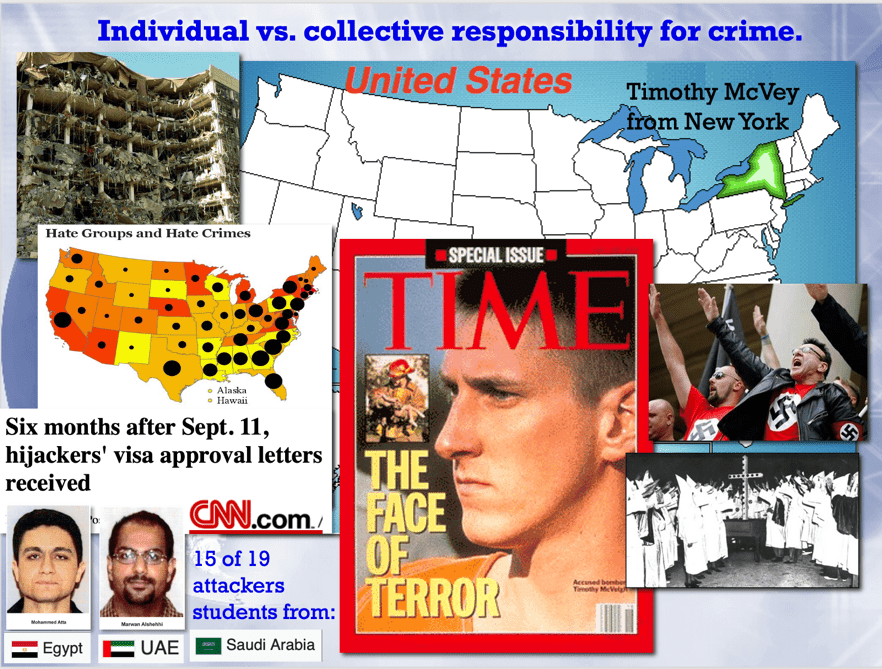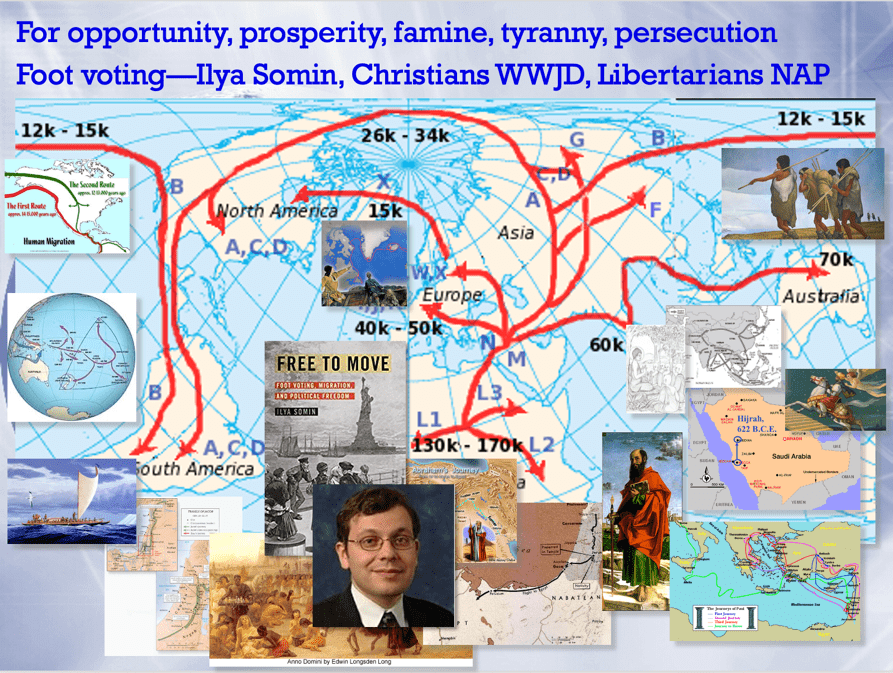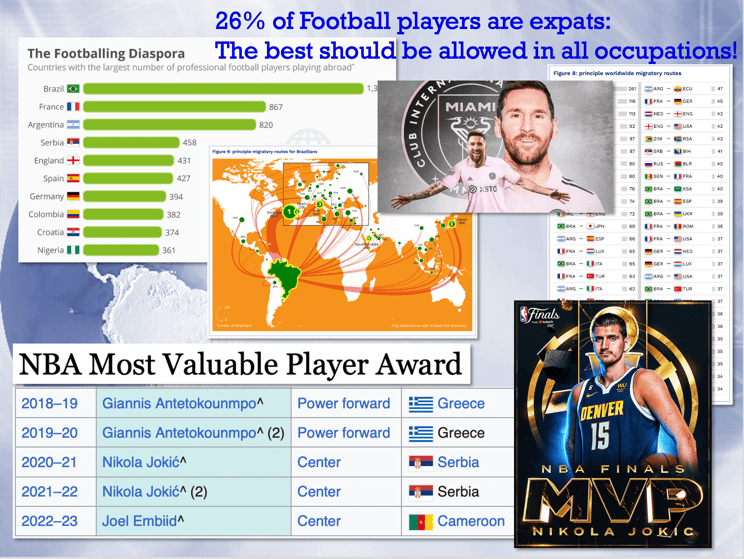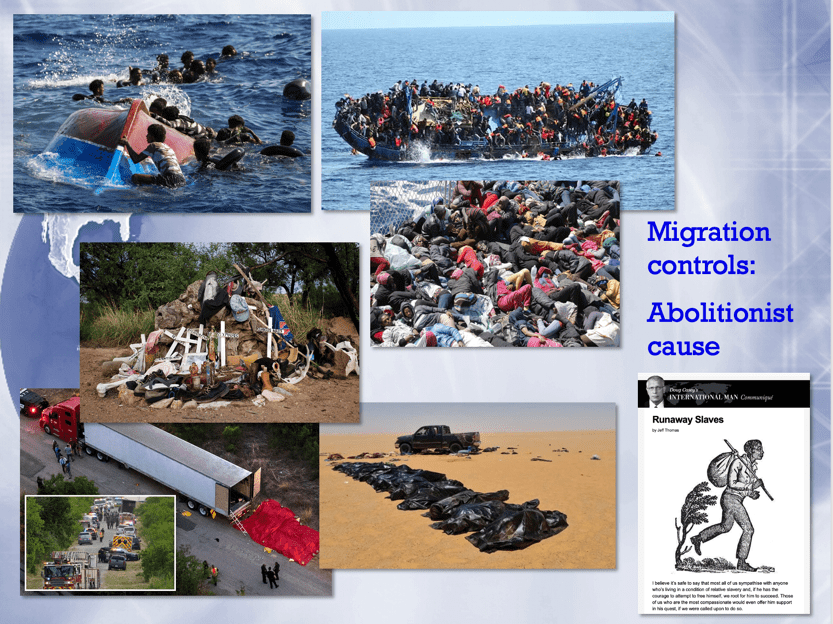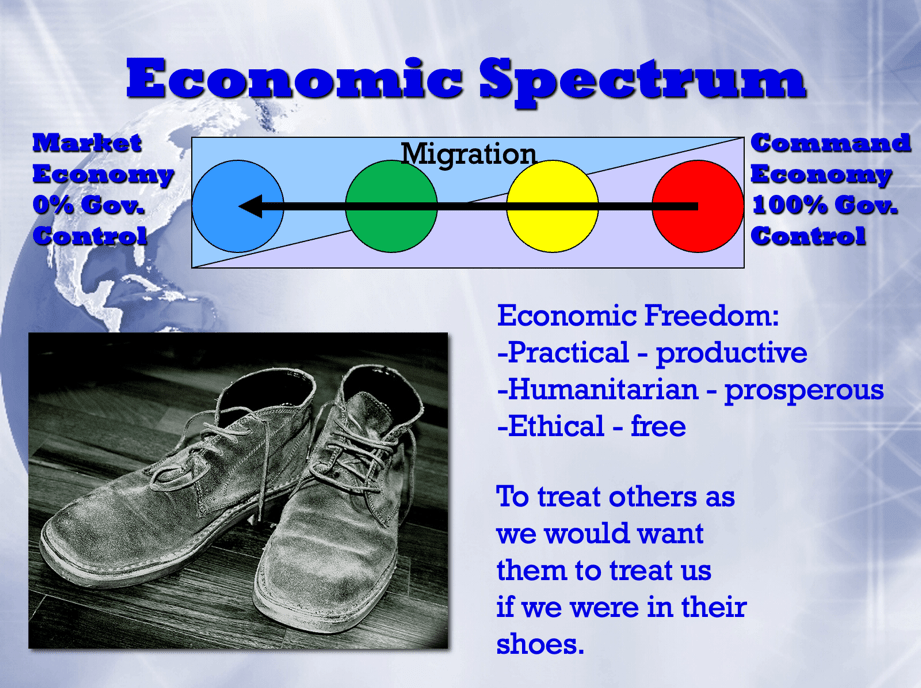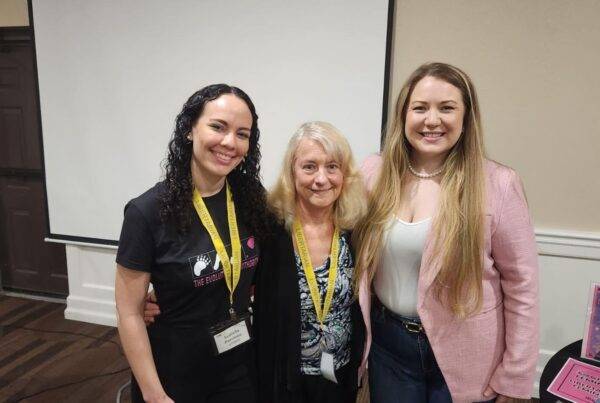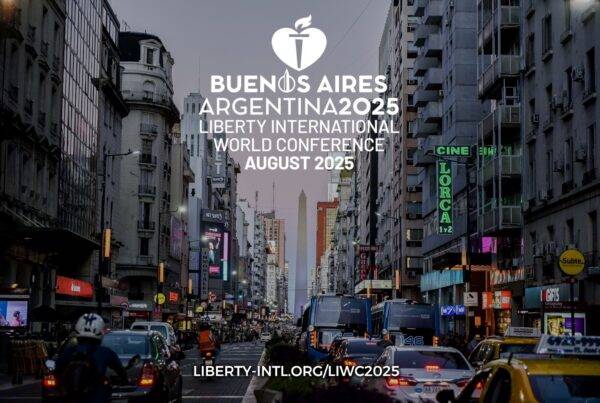This talk was presented by our Vice President, Professor Ken Schoolland on 16th August, 2023 at the Liberty International World Conference Madrid. In this talk, Professor Schoolland explored the evolving nature of migration control, drawing connections between historical struggles, ethical considerations, and the contemporary challenges that shape our world today.
“That Peculiar Institution” was a euphemism for slavery in the Antebellum South in the United States. Why? Because people were becoming discreet in their attitudes toward slavery. Yes, it had existed in virtually every part of the world since the beginning of human existence, but there were now a few moral voices raising objections. These objectors were referred to as “abolitionists,” people who clamored for an end to slavery as a barbaric relic of the past.
Abolitionists were few in number, but very vocal and gaining support is certain quarters of the Christian community. Frederick Douglas and Harriet Tubman opposed slavery as a consequence of the personal impact it had on their own lives. But whites were rallying to the cause as well, finding outrage in the treatment of fellow human beings. William Lloyd Garrison was one in America who organized rallies and published newspapers calling for abolition of this terrible practice. William Wilberforce, pushing against great odds, finally won the support of the British Parliament in outlawing the slave trade.
Looking back on that era, a mere 160 years ago, the world has changed so dramatically. Human slavery seems ancient, and where it persists today in the dark underworld, it is soundly condemned by all as an evil. Bravo! Plantation slavery for cotton, sugar, and tobacco barons is no longer.
But state slavery persists. In a recent investment newsletter, Doug Casey’s Sovereign Man, writer Jeff Thomas bemoans the pervasiveness of state slavery that is pushing so many investors and businesspersons to flee nation states. “Taxation is unquestionably, by definition, partial enslavement,” writes Thomas. “… in our own time, governments have recognized that partial slavery is more effective – give people the impression that they’re free, whilst taking a major portion of the fruits of their labours from them in the forms of taxation and inflation.”
If 100% tax is slavery, then surely 50% tax, either direct or indirect, is partial slavery. The famous Spanish Scholastic, the Jesuit Juan de Mariana, was one of the first to make the argument that debasement of the currency is a particularly insidious form of taxation because it robs the wealth of the citizenry, especially the poorest of the poor, without their knowledge or consent. Thus, Juan de Mariana said that such theft warranted tyrannicide.
I recall debating Doug Casey in 2022, whose investment newsletter championed this interpretation of taxation as a justification for his subscribers to flee high tax nations in pursuit of somewhere more free of taxation (in 2023). I respect Doug highly so I was surprised to hear him accusing most immigrants of coming to America for the handouts.
Doug didn’t see immigrants as people who were fleeing oppressive systems abroad. There may be a few immigrants who come for the welfare, but the overwhelming majority of migrants come because they are exploited by state slavery, either directly or indirectly, who are eager to pursue a life of opportunity and freedom. Once in America, my research shows that they tend to leave the states with the most welfare and move to the states with the least welfare because of greater opportunity for employment and enterprise.
Of the 10 million Americans who are estimated to be living abroad, the choice of movement was relatively easy with few barriers by bureaucracy or finances to obstruct. While some go to countries with a generally higher level of economic freedom, UK, Canada, and Australia, as measured in the Economic Freedom of the World Index by the Fraser Institute of Canada. Yet many go to less free nations like Mexico, Italy, and Israel.
Conversely, migrants to the U.S. come mostly from countries lower in the EFW Index, i.e. Mexico, China, and India. And refugees come from nations that so lack economic freedom that they don’t even appear on the list: i.e. Myanmar, Iraq, & Bhutan. We are fortunate to have heard from a few of the refugees from that absolute totalitarian state, North Korea, and we sympathize. Tragically, China doesn’t sympathize and most refugees from N. Korea are captured and returned to Kim Jong-Un.
This serves to remind us that it doesn’t matter on which side of the border the guard stands, whether inside keeping people in or outside keeping people out, the effect is the same. This was demonstrated so cruelly when nations all around the Atlantic, including the U.S., rejected refugees fleeing from Hitler, Mussolini, and Stalin, thus condemning them to death by the millions.
Lucky nations that accept migrants, prosper because of the newcomers. While the US has accepted a lot of immigrants, about 11 million, it is still not as generous as other locations. Hong Kong, Singapore, Australia, and New Zealand have twice as many immigrants in proportion to their population. In general, my research shows that countries with the highest proportion of foreign-born population have much greater wealth and growth than those without.
Prior to the 1920’s there were no passports and visas (with the profound and racist exception of America’s Chinese Exclusion Act of 1882) so people freely moved around the planet depending on the ebb and flow of persecution and prosperity. When the fears of race, religion, nationality, and politics soared between the two World Wars, prohibition of migration drove it underground and fueled the fortunes of freelance travel agents: smugglers and people traffickers.
Under the Trump and Biden administrations the politics of xenophobia have reached a peak and the U.S. has nearly shut the door as migration has reached an all-time high. Ironically, China is one nation that has benefitted enormously from tremendous domestic migration.
In two decades (1990-2010) 260 million migrants fled the western-most provinces with the least economic freedom to the east coast provinces that became economic free zones imitating Hong Kong. Bradley Gardner estimates that this alone accounted for as much as 20%-30% of China’s economic growth.
Small fishing villages such as Shenzhen grew into thriving industrial and commercial centers that rival Hong Kong. I would add “openness to migration” as an addition to the other conditions of economic growth featured by the Fraser Institute for economic freedom: fiscal policy, legal policy, monetary policy, trade policy, internal regulatory policy, and…importantly, migration policy.
“Openness to knowledge, skills and ideas from the rest of the world may be one of the most important engines of economic growth, and technological advancement for a country,” report Francesc Ortega and Giovanni Peri. “We show that openness to immigration, …is a strong predictor of its income per person…[and] works much better for immigration than for trade…”
The Economist magazine declared, “Study after study finds a positive association between immigration and long-run economic growth—and therefore, ultimately, the living standards of all Americans.” (The Economist, 2-13-20). Immigrants are twice as likely to start new businesses than native born Americans. Why? Adrian Furman asserts, “The sort of people who migrate…[have a] different pattern of motivation, abilities, & adjustment. They are hungrier, more risk taking, more hardy.” (Psychology Today, 9-28-13). One generation after coming to the US, immigrant families have higher incomes that the average American family.
Many Americans say that illegal immigrants are just trying to bypass normal processes and are, by definition, breaking the law as their first act of entry. Thus, illegal immigrants aren’t worthy of staying in the U.S. Never mind that all the Founding Fathers were lawbreakers by simply rebelling against King George III and wouldn’t qualify for entry to the U.S. under current rules.
David J. Bier of the CATO Institute reports in “Why Legal Immigration Is Nearly Impossible,” that the U.S. places extraordinary barriers to entry, thus banning all but a tiny percentage of immigrant hopefuls. For instance, the unmarried adult children of U.S. citizens desiring to come from Mexico on an F-2B visa would have to wait in line 76 years…thus 100% of their sponsors would die before the immigration was legally completed.
Interestingly, almost everyone in America would break the law to save a few minutes of time by traveling over the speed limit (a misdemeanor) on the highway. And all would justify the speed if it was to save a life by going to a hospital. Yet would-be migrants are frequently condemned for entering the U.S. illegally (also a misdemeanor) to prevent death or to save years of their lives, for themselves and family, from desperate poverty or criminal assault.
Markets see an abundance of newcomers as opportunity. That’s why Walmart will open more registers to accommodate customers rapidly. Airlines and stock markets process millions of transactions daily with accuracy. Governments, on the other hand, see an abundance of newcomers as a problem. That’s why it takes 13 weeks to renew a passport and long lines to renew a driver’s license with little attention to convenience, courtesy, and efficiency. And immigrants wait in line for years. What to do with $20 billion? Better to have a big, efficient gate than a big, ineffective and deadly wall.
The world media and millions of dollars of taxpayer funds were focused with great anxiety this summer when 5 wealthy individuals were lost in a submersible searching for the remains of the Titanic in the North Atlantic. In the same span of time, millions of tax dollars were spent in search of refugees in the Mediterranean Sea or in the deserts of Arizona. In those desolate regions, people perished or were rounded up by the thousands and sent back to clutches of oppressive state regimes. Commented Elizabeth Shackleford, “It’s hard not to see the gross disparity in the response to five privileged men missing at sea, compared with the treatment of thousands of the least privileged on Earth.” (Honolulu Star-Advertiser, 7-6-23).
Is there no room for refugees in America? Of course there is. All the cities and suburbs of the U.S. occupy only 3% of the land area of the country. Throughout history and throughout the world, people have moved to the cities. That is where the prosperity is, where the action and culture are. But even when they move to the deserts, as they did in the case of Las Vegas where only one law changed to allow games of chance, one of the most prosperous cities in the nation sprang up where only sand had been before.
And why not have more people? Most all the industrial nations of the world (OECD) now have declining populations because of birth rates that are below the replacement rate. People who move from areas of low productivity to areas of high productivity increase the wealth for all, especially for all the nations experiencing aging populations.
But what about crime? Don’t immigrants bring crime to the U.S.? Again it was a CATO Institute study that showed both legal and illegal immigrant crime rates below the crime rates of native Americans. (CATO, 2015) But to use crime as a justification for obstructing immigrants is to lose focus on real crimes. The major examples of theft, murder, and fraud perpetuated in the world today are the very factors that drive emigration from countries in the first place.
How much taxpayer extracted aid from the wealthy nations of the world has enriched and armed rulers of poor countries, helping them in their deeds of tyranny against their own populace? For example, reflect on the years when official U.S. policy supported Saddam Hussein in the 1980’s. How many autocrats have been welcomed into the halls of the United Nations and benefited by the generosity of international lending institutions such as the IMF and the World Bank?
How many lobbyists have curried favor with U.S. congressmen and women in banning trade from the poorest of nations while dumping agricultural surpluses that ruined the desperately poor in the Third World. For example, the destruction brought to Haiti’s rice farmers by U.S. policy to ban rice imports from Haiti and while sending rice aid that undermined their local production.
The lost potential to America and other wealthy countries is unfathomable, as witnessed during World War II when millions of Jews and Poles were denied entry to the U.S. and even sent back into the arms of the likes of Hitler, Stalin, and Mussolini. As I stated before, it doesn’t matter on which side of the border the guard stands, on the inside keeping people in or on the outside keeping people out. The effect is the same.
And consider the problem of branding the people of a nation as criminals because of the criminal behavior of one or a few. The greatest act of domestic terror in the U.S. was probably the destruction of the Murrah Federal Building in Oklahoma City by Timothy McVey. McVey came from New York. Would it have made sense to build a wall around the State of New York because of the actions of McVey? That is collective responsibility, holding innocent people responsible for actions they had no part in. But that is the kind of behavior people tolerate when they ban Afghans for the actions of 9/11 terrorists.
Worse than that, 15 of the 19 terrorists in that attack were from Saudi Arabia, two from the UAE, one from Egypt, and one from Lebanon. All of these nations continued to receive support from the U.S. government while the U.S. invaded Afghanistan and Iraq in revenge. And to demonstrate the total incompetence of the U.S. bureaucracy, two of these terrorists received their student visa renewals 6 months after the 9/11 attack.
The concerns of immigration should be rather easy to address, if Congress wasn’t so driven by fear. Courage welcomes newcomers. Fear rejects them. Courage welcomes competition, while fear rejects competition. Courage champions liberty. Fear denies liberty.
Christians could find a solution for the refugee issues by asking, “What would Jesus do?” Indeed, Christians should find much common ground with refugees since so much of their history was filled with seeking refuge—Abraham and Jacob seeking refuge from famine, Moses seeking freedom (a legacy shared with Muslims and Jews) while Mary, Joseph, and the Apostles sought refuge from persecution. Religious leaders are no strangers to migration.
Libertarians have the guidance of the non-aggression principle. If I don’t have the right to initiate force against another person (i.e. and immigrant), then I don’t have the right to ask someone else (even officials) to do so on my behalf. And others in society can seek practical solutions for increased prosperity. For humanitarians it is a matter of individual rights, something asserted in America’s Declaration of Independence. One of the stated reasons for independence was to reject King George III’s migration controls. This freedom of movement was practiced was part of the American experience for the first 100 years of the nation’s history.
When we look at the world of sports today, we see every team and nation competing to hire the very best of talent from anywhere in the world. Thus the U.S. National Basketball Association (NBA) has found foreigners to be their most valuable players in the past 5 years. And soccer (football) teams are constantly hiring the best players from anywhere in the world. Thus, Lionel Messy was able to arrive in Miami via Argentina and Spain. This search for the best athletes should be the practice for all occupations and employers, not just sports.
The result would be both “pro-life” and “pro-choice.” Life should be the option not just of the unborn, but for those already born, by accident of birth, in faraway places. And employers, renters, merchants should be free to choose both the products and the labor that serves them best. And nations should be open to the benefits of competition from the new entrepreneurs that arrive on their shores to create goods, services, and jobs as with Tesla, Google, Intel, and Ebay.
Some are “Excluders,” who don’t want to mingle with outsiders or who are afraid of the costs of welfare for immigrants, should be free not to have their property taken for such purposes. But they have no right to deny the rights of “Inviters,” people who wish to hire and trade at will with immigrants.
Doug Casey, Milton Friedman (son of immigrants), and Hans Hermann Hoppe (an immigrant many times over) have argued that open immigration cannot exist in the presence of a welfare state…that welfare serves as an unwanted magnet. But welfare was created by the domestic population, not by the immigrants. Immigrants had no vote to establish a welfare system and it is the native population that is responsible for the existence or non-existence of welfare.
It is a mistake to allow the presence of one coercive government intervention, i.e. redistributing wealth, to be used as an excuse for additional interventions. If allowed to go unchallenged, then the existence of welfare can be used to justify any control of personal behavior because, it is argued, freedom might lead to a more costly welfare state.
For instance, one might argue that since welfare is a compulsory burden on taxpayers, the citizenry cannot be trusted to eat unhealth foods or to take on risky behavior such as football. Such an argument could apply to population control as was once experienced in China’s One Child Policy. Newborn children, who are highly dependent newcomers to society, might not be allowed to be born because of the high potential social welfare cost for the first 18 years of their lives.
Rather than to restrict immigration, better to end the multitude of government policies that contribute to forcing migration in other countries: i.e. trade barriers, protectionist subsidies, corrupting drug wars, trade quotas, and aid to tyrants. And better to end the interferences within recipient countries that make assimilation difficult: i.e. barriers to labor and barriers to commercial enterprise.
It is time to revisit the abolitionist movement and end state slavery. Allow people to move with their feet where they may find better lives. It is practical. It is humane. And above all, it is ethical…to treat others as we would want them to treat us if we were in their shoes. Migration is an abolitionist cause.
Authored by
Ken Schoolland is an Associate Professor of Economics and Director of the Entrepreneurship Center at Hawaii Pacific University. He is on the Board of Scholars of the Grassroot Institute of Hawaii, a member of the Mont Pelerin Society, and formerly President of Liberty International and Chairman of the Libertarian Party of Hawaii. Schoolland authored The Adventures of Jonathan Gullible: A Free Market Odyssey, published in 90+ editions in 57 languages, and performed in theatrical productions across Africa, Europe, and Asia. Schoolland was the Director of the Graduate Program in Japanese Business Studies at Chaminade University of Honolulu and a professor of economics at Hakodate University in Japan. He served as an international economist in the U.S. International Trade Commission, the U.S. Department of Commerce, and U.S. Office of the Special Representative for Trade Negotiations.
